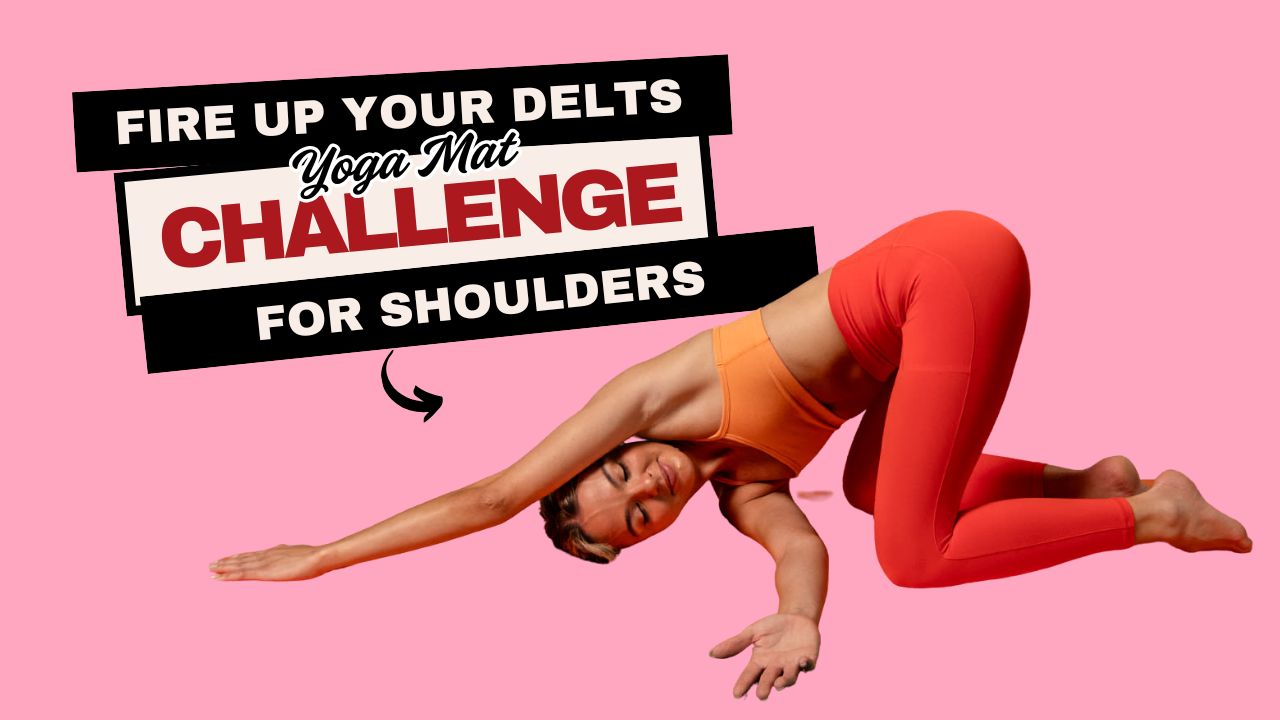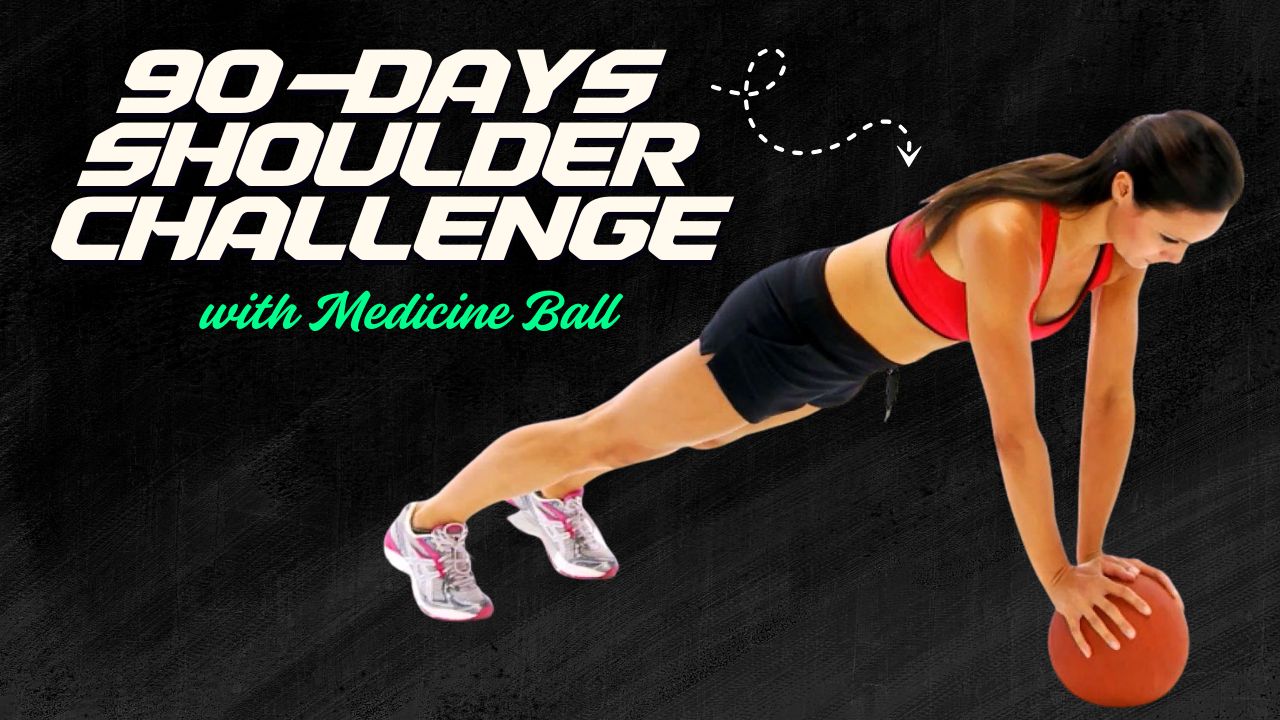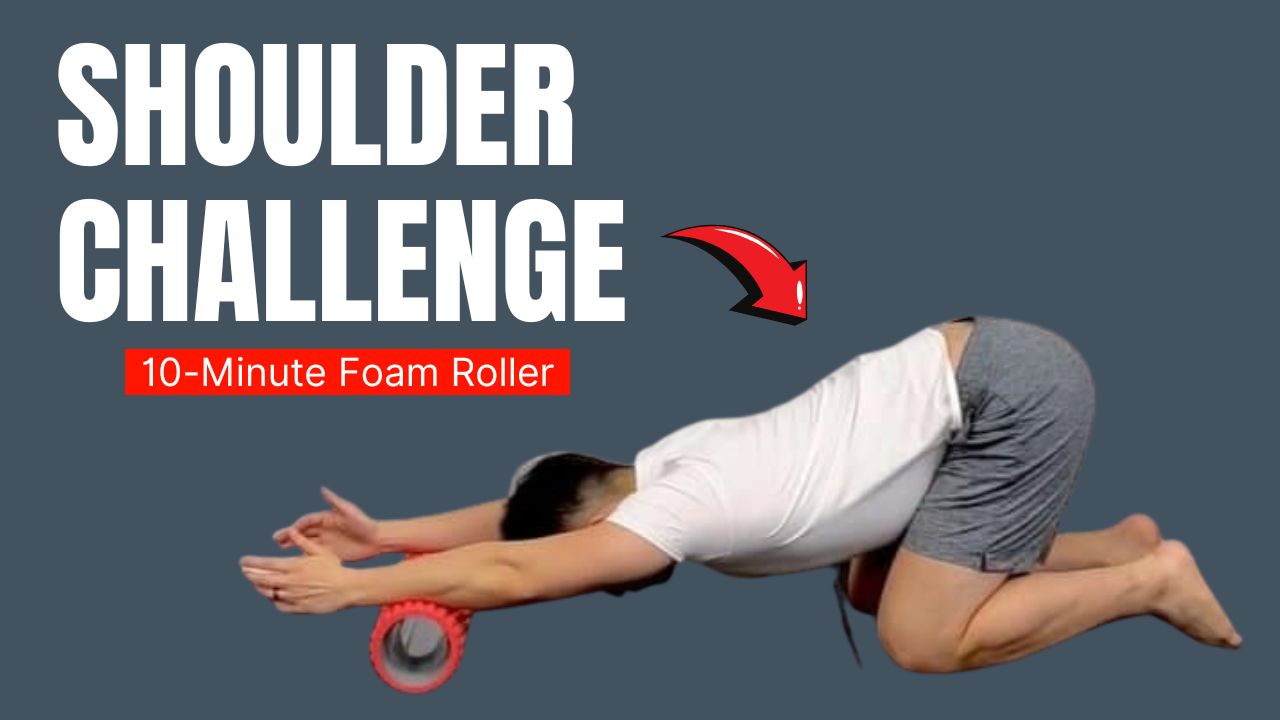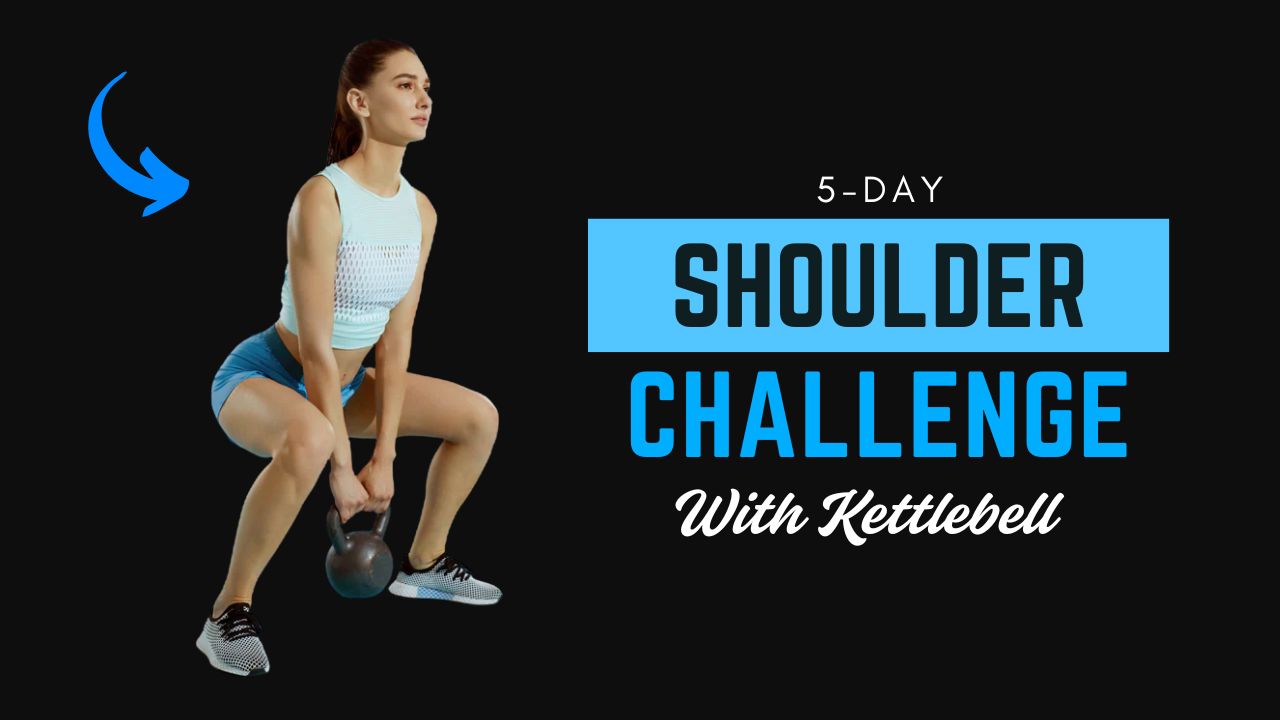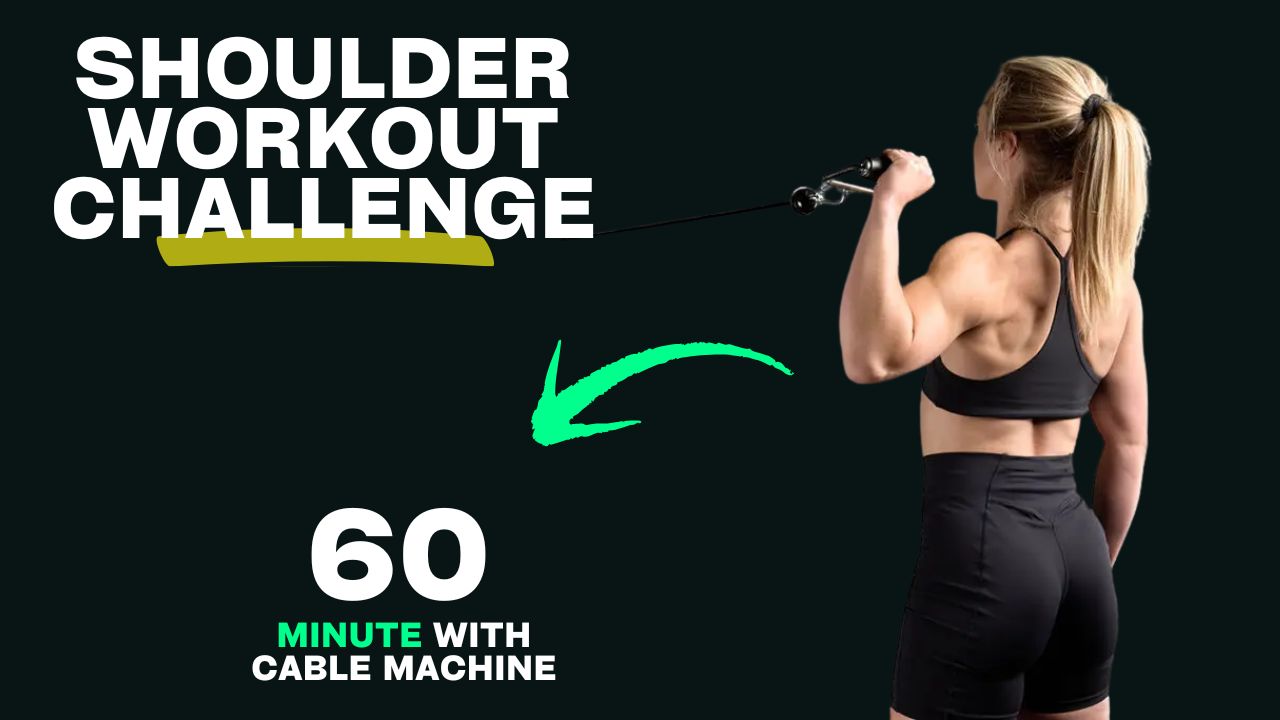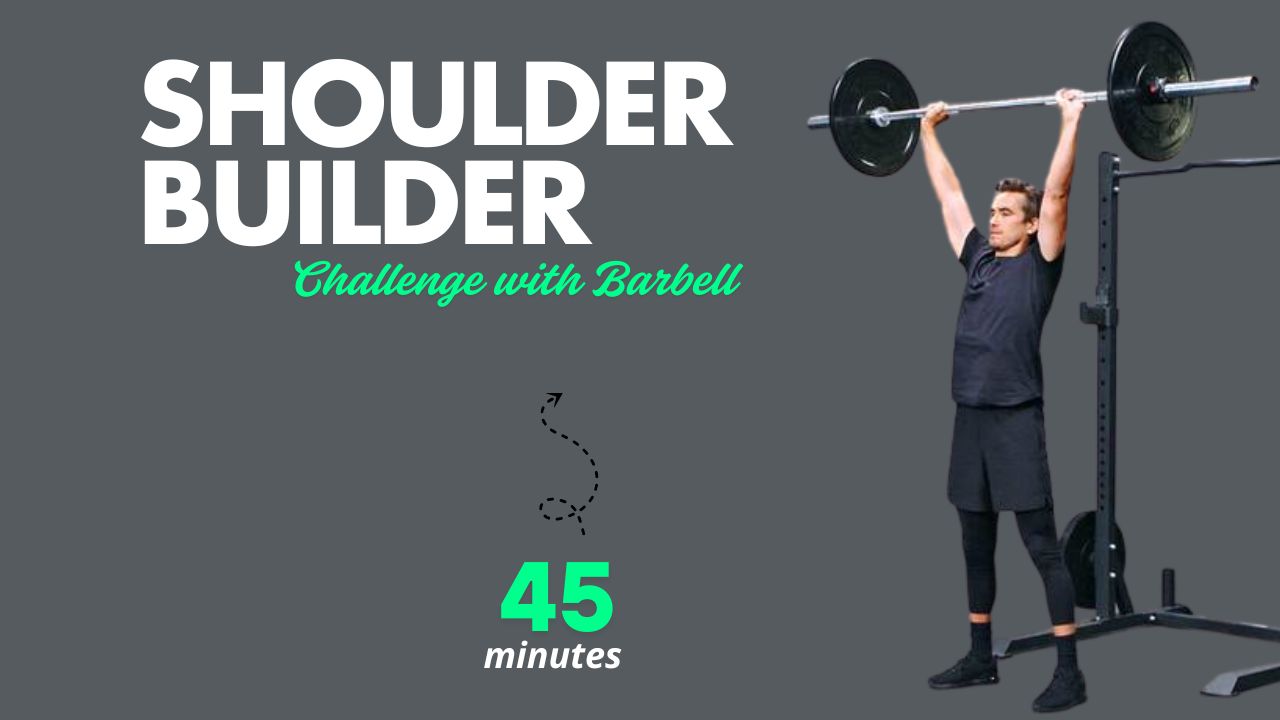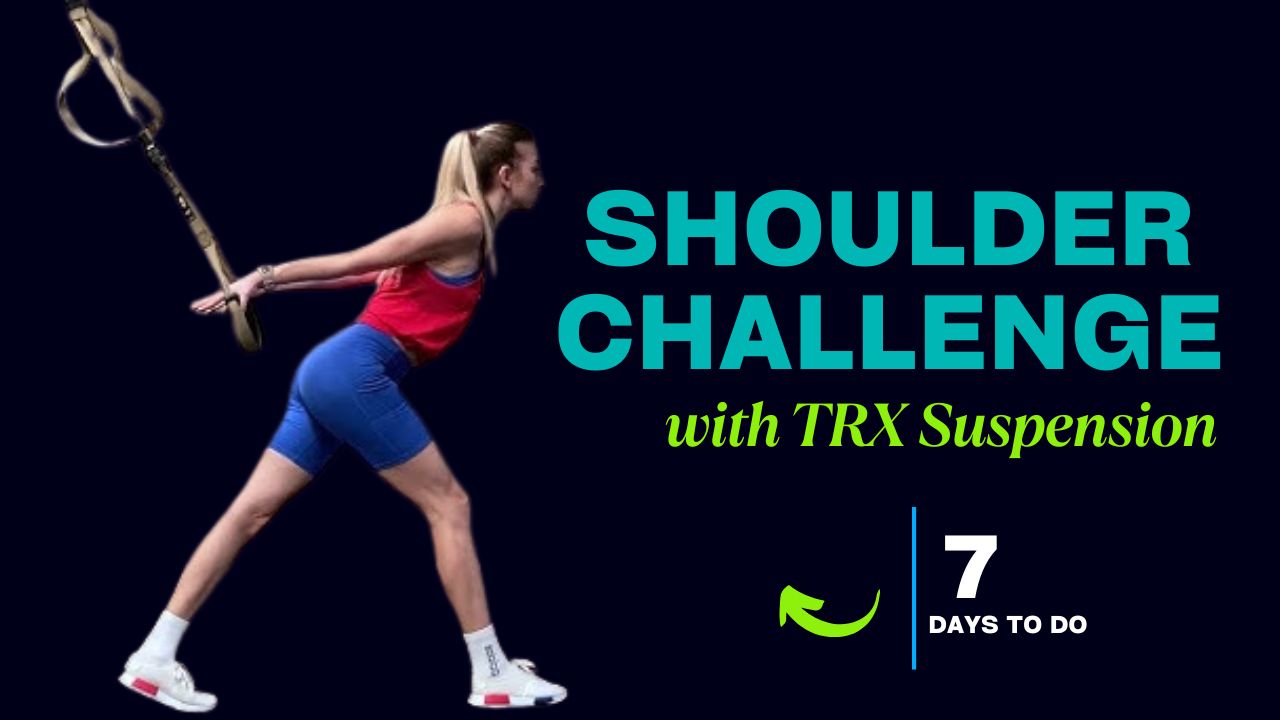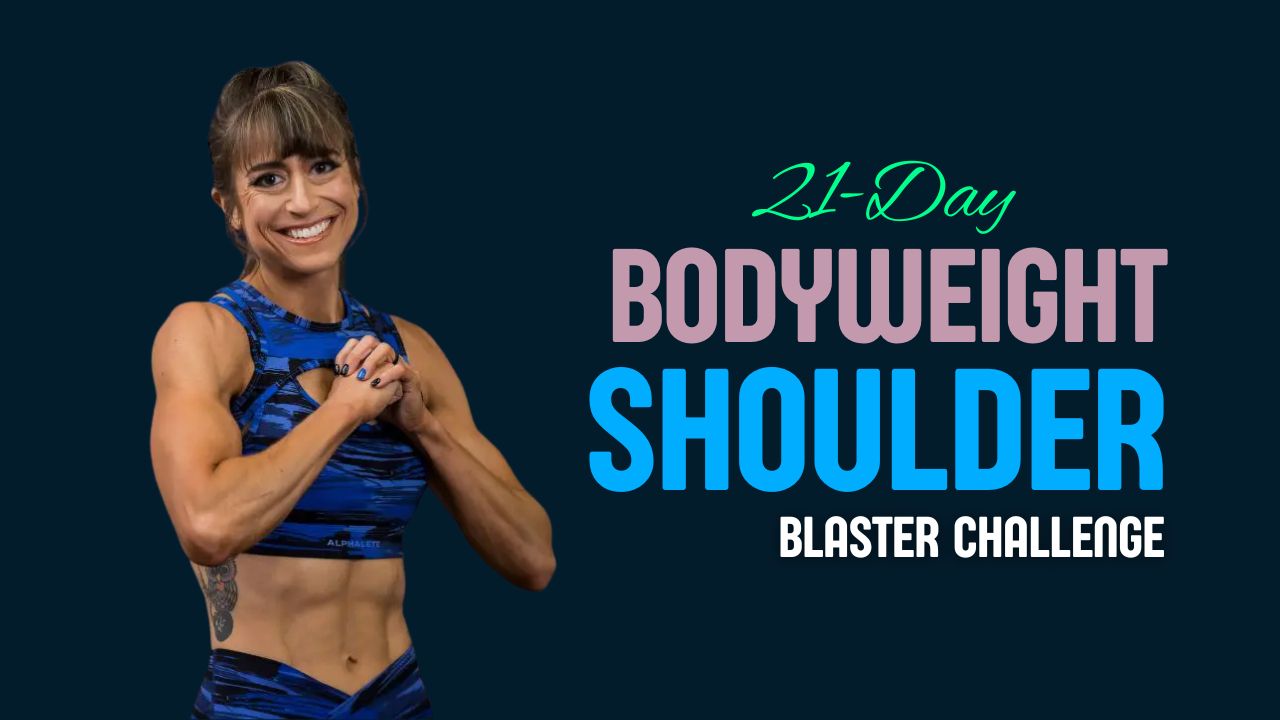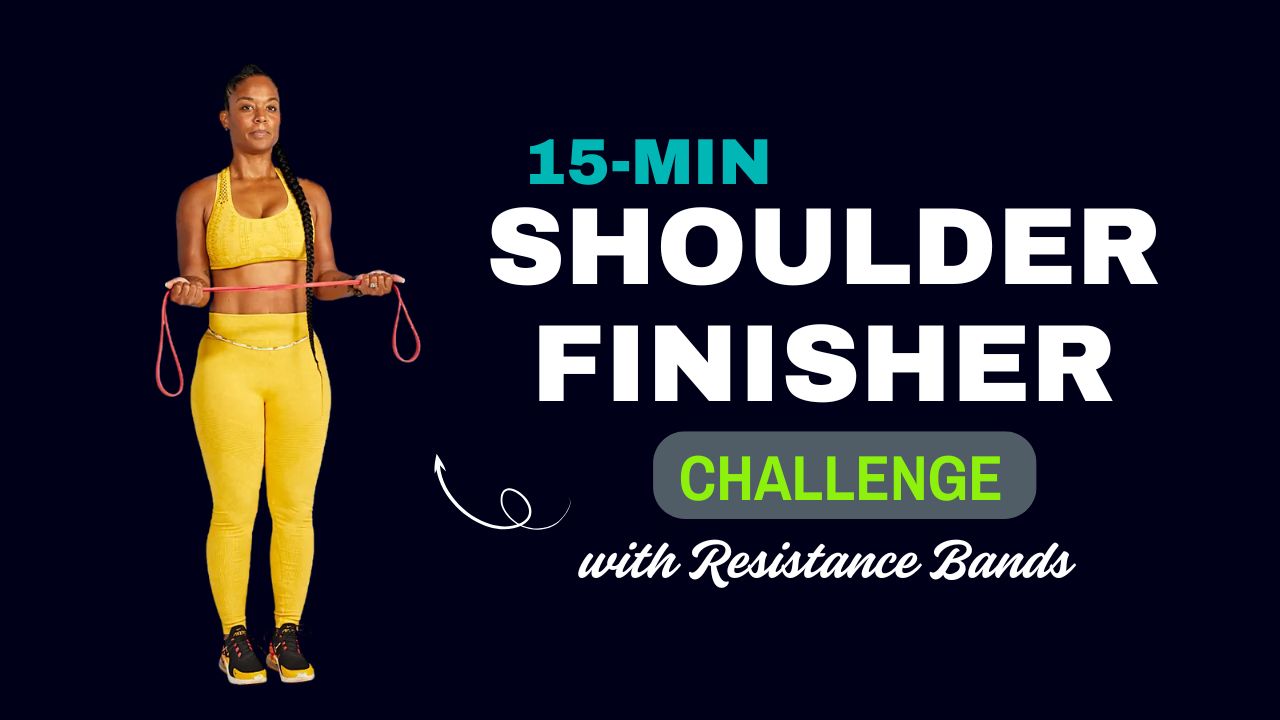Ever wondered why your abs aren’t popping despite endless crunches? You might be skipping the secret weapon in elite strength training: the barbell.
While bodyweight and dumbbell exercises are great, barbells unleash a whole new level of core engagement—targeting deep stabilizer muscles while demanding total-body coordination and strength.
Did you know? Research shows compound barbell lifts activate more abdominal muscles than isolation ab exercises like crunches or sit-ups. That means more results, faster.
Whether you’re a lifter or just getting started, these 10 barbell core workouts will carve out your abs, build strength, and fire up your metabolism—all at once. Let’s get under the bar!

Table of Contents
What Can Happen After 30 Days of Barbell Core Workouts
| Category | Expected Change After 30 Days |
|---|---|
| Core Strength | Noticeable improvement in core stability, control, and balance during compound lifts |
| Muscle Definition | Slightly more visible ab definition (if combined with proper nutrition and cardio) |
| Posture | Better posture and spinal alignment due to improved midline support |
| Lifting Performance | Increased ability to handle heavier weights safely with stronger bracing |
| Mobility & Balance | Improved overall coordination, balance, and movement efficiency |
| Mind-Muscle Connection | Greater awareness and engagement of core muscles in daily movements and workouts |
| Workout Endurance | Better endurance during high-rep or longer core-focused workouts |
| Body Composition | Small reduction in waist circumference if paired with a calorie deficit |
| Injury Prevention | Reduced risk of lower back strains or poor lifting mechanics thanks to stronger core engagement |
| Confidence Boost | Increased motivation, discipline, and physical confidence from consistent training |
Also Read: 15 Gym-Based Lower Back Exercises to Build Strength & Prevent Injury
Do’s and Don’ts of Barbell Core Training
| DO’s | DON’Ts |
|---|---|
| Start with light weights to master form | Don’t rush into heavy lifting without core stability |
| Keep your core braced throughout each rep | Don’t let your lower back arch, especially during rollouts |
| Use slow, controlled movements for maximum engagement | Don’t rely on momentum—it reduces core activation |
| Focus on breathing properly during lifts | Don’t hold your breath throughout the entire movement |
| Warm up with mobility drills before starting | Don’t skip warm-up—it increases injury risk |
| Include variety to hit all parts of the core | Don’t repeat only one exercise every session |
| Progress gradually with weight and difficulty | Don’t increase load if your form is breaking down |
| Maintain a neutral spine in all standing or loaded lifts | Don’t hyperextend or round your back under load |
| Pair with full-body workouts and a clean diet | Don’t expect abs to show without managing body fat |
| Rest and recover your core muscles between sessions | Don’t train core every day—muscles need time to rebuild |
Why Train Abs with a Barbell?
Barbells are not just for bench presses and squats—they’re powerful tools to build functional, defined core muscles. Here’s why:
- Max Tension: Heavy loads challenge your core to stabilize, activating deeper muscle layers.
- Efficiency: Most barbell core exercises also engage the upper and lower body.
- Progressive Overload: Easily adjust the resistance to continue progressing.
- Stability and Balance: Develop a stronger spine and injury-resistant torso.
1. Barbell Rollouts
Like ab wheel rollouts—but meaner.
How to:

- Load a barbell with round plates.
- Kneel down with both hands gripping the bar at shoulder-width.
- Roll the bar forward slowly, keeping your core braced and back straight.
- Roll out as far as you can without sagging your hips.
- Pull the bar back to the starting position.
Target: Rectus abdominis, deep core stabilizers
Pro Tip: Avoid arching your lower back—engage your glutes for better control.
Also Read: 15 Bodyweight Calf Exercises to Sculpt Stronger, Leaner Legs
2. Barbell Landmine Rotations (aka Russian Twists 2.0)
A rotational powerhouse that torches your obliques.
How to:

- Anchor one end of the barbell into a landmine or corner.
- Stand with feet shoulder-width, holding the free end with both hands.
- Rotate the barbell from one hip to the other, keeping arms extended and core tight.
Target: Obliques, transverse abdominis
Fun Fact: This variation recruits more hip and shoulder stability than seated twists.
3. Barbell Front Squats
Not just a leg movement—your abs are working overtime to keep you upright.
How to:
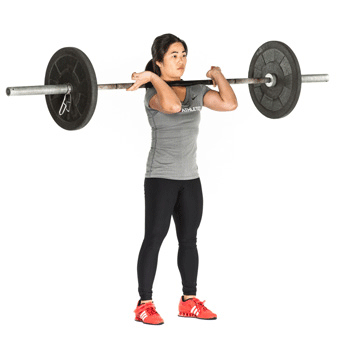
- Clean the bar onto the front of your shoulders, elbows high.
- Squat down while maintaining an upright torso and tight core.
- Drive up through your heels.
Target: Core, especially anterior core and postural muscles
Pro Tip: Front-loading demands more from your abs than back squats.
4. Barbell Overhead Carries
Turn walking into an ab-crushing challenge.
How to:
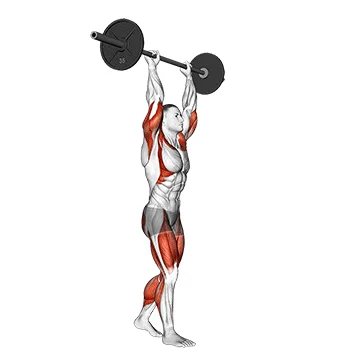
- Press a loaded barbell overhead.
- Walk forward slowly, keeping the core braced and ribs tucked.
- Maintain shoulder stability.
Target: Entire core, especially stabilizers and spine
Myth Busted: Abs aren’t just for crunching—static holds like this can be even tougher.
Also Read: 13 Adductor Exercises You Can Do With Gym Equipment for Stronger Inner Thighs
5. Barbell Deadbugs
Controlled chaos with a barbell twist.
How to:

- Lie on your back holding an unloaded barbell with arms extended overhead.
- Raise legs to tabletop position.
- Lower the opposite arm and leg while keeping the core flat against the ground.
- Return and switch sides.
Target: Transverse abdominis, hip flexors
Warning: Keep your lower back from arching off the floor.
6. Barbell Standing Twists
Simple, but effective rotational burn.
How to:
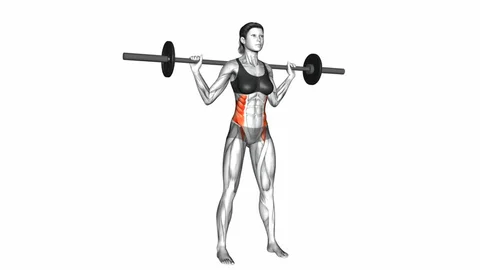
- Place the barbell on your back like a back squat.
- Stand tall and twist from left to right slowly, keeping hips square.
Target: Obliques
Pro Tip: This move works best with a light bar to focus on control over momentum.
7. Barbell Zercher Carry
Core engagement with added brute strength.
How to:
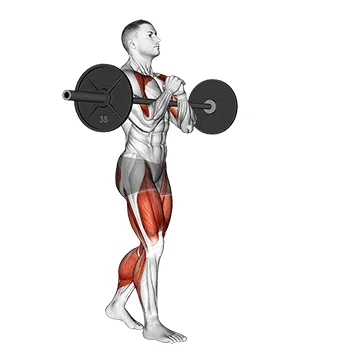
- Cradle the barbell in the crook of your elbows.
- Stand tall and walk slowly while bracing your core hard.
Target: Core, upper back, glutes
Fun Fact: This is often used in strongman training for building real-world strength.
Also Read: 12 Secret Bodyweight Forearm Exercises (No Weights, Maximum Gains)
8. Barbell Push Press with Core Engagement
Dynamic press with core control.
How to:
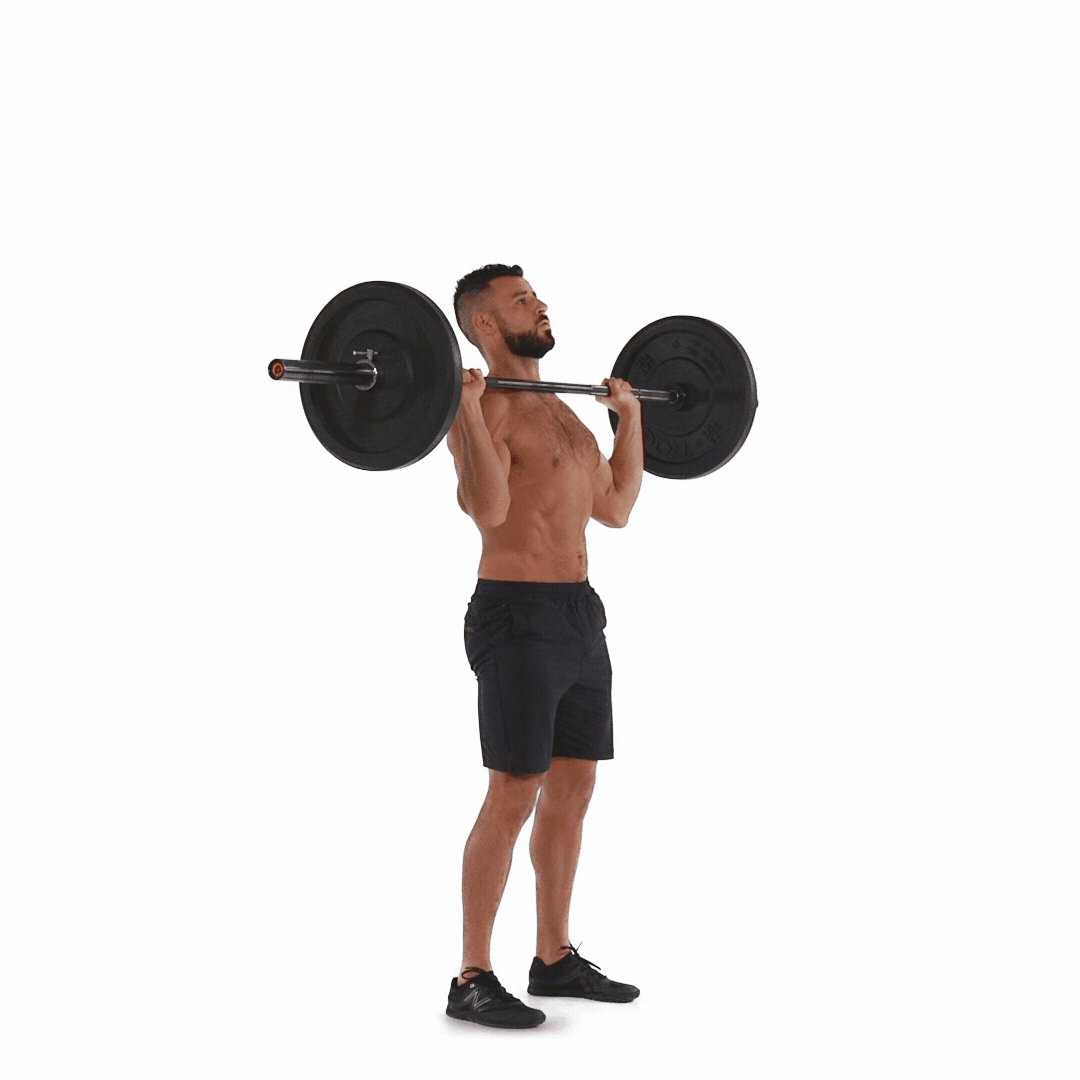
- Start with the bar on your shoulders.
- Dip your knees slightly, then explode the bar overhead.
- Control the movement back down, resisting the urge to arch your back.
Target: Core, shoulders, glutes
Myth Busted: Pressing isn’t just for arms—it’ll light up your core if done right.
9. Barbell Overhead Squat
A total-body challenge—advanced but incredibly effective.
How to:
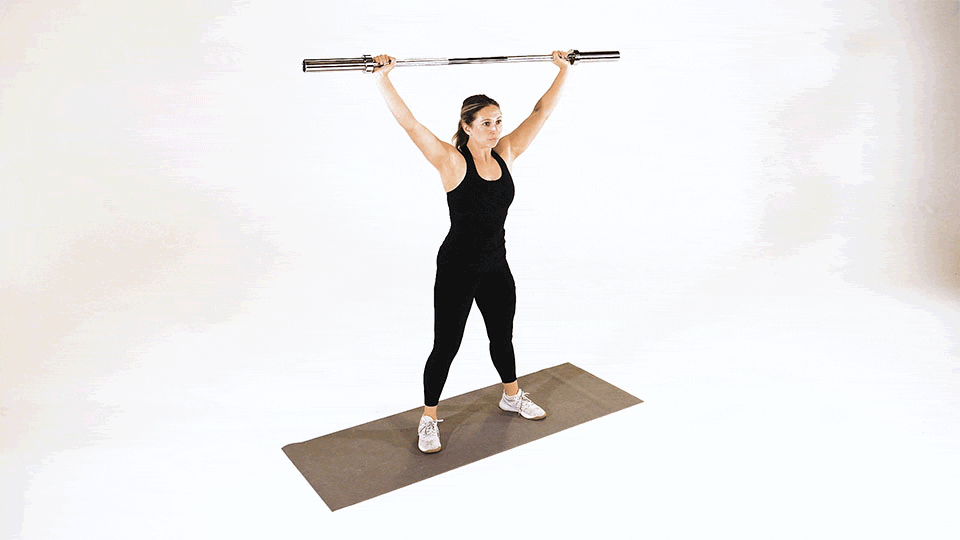
- Hold the barbell overhead with a snatch grip.
- Keep your arms locked out and squat down as deep as possible while keeping the bar directly above your head.
- Drive back up.
Target: Core, shoulders, glutes, quads
Note: This is a mobility and strength test rolled into one. Go light until your form is flawless.
10. Barbell Suitcase Deadlift
Asymmetry forces the core to stabilize laterally.
How to:
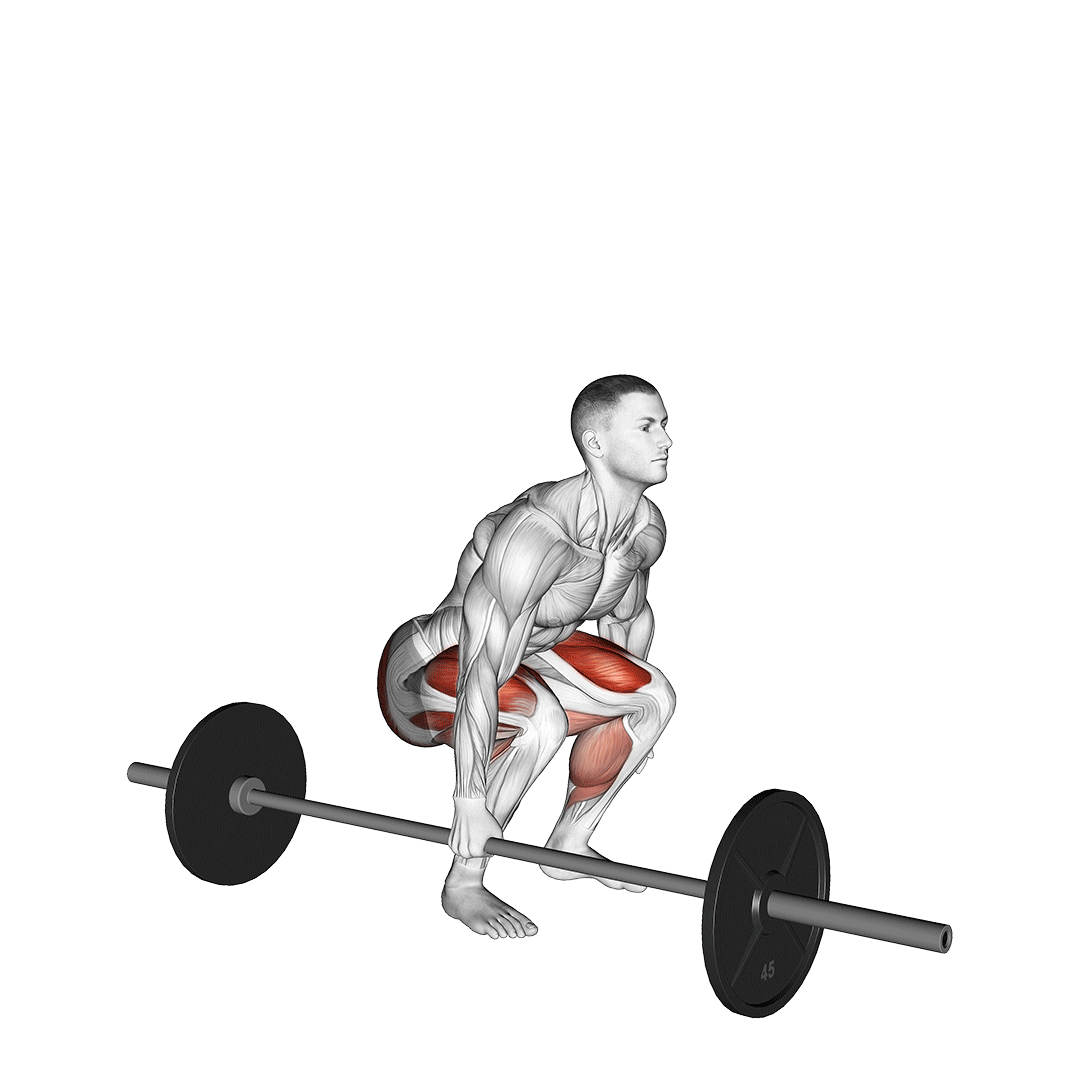
- Load one end of a barbell only.
- Stand next to the bar and grip it like a suitcase.
- Hinge at your hips to lift, keeping your torso neutral.
- Don’t lean—your core should resist the urge to bend.
Target: Obliques, lower back
Pro Tip: Perfect for fighting “love handles” with real strength.
Also Read: 10 Gym-Only Shoulder Exercises That Maximize Strength & Muscle Definition
Final Thoughts: Barbell Core = Real Core Power
Barbells aren’t just about lifting heavy—they’re a tool for building rock-solid, functional, and aesthetic abs.
These 10 exercises train your core in every direction—flexion, extension, rotation, and stabilization—unlocking both strength and definition.
🔍 Remember: A strong core isn’t just about looking good. It enhances balance, posture, and overall lifting performance. The stronger your core, the stronger YOU become.
So ditch the endless crunches. Grab that barbell—and let your abs do the real work.
Frequently Asked Questions (FAQs)
Are barbell exercises safe for abs training?
Yes, when performed with proper form and appropriate weight, barbell exercises are highly effective and safe for core training. Start with lighter loads and focus on technique to avoid injury, especially in complex moves like overhead squats or rollouts.
Can beginners try these barbell core workouts?
Absolutely! Beginners can start with the simpler variations such as Barbell Standing Twists or Landmine Rotations using an empty or lightly loaded bar. As strength and stability improve, they can progress to more challenging movements like rollouts and overhead carries.
How often should I train my core with barbells?
2–3 times a week is ideal. Your core is involved in many compound lifts already, so overtraining it can lead to fatigue. Treat your abs like any other muscle group—train them hard, then give them time to recover.
Do I need to do traditional ab exercises alongside barbell movements?
It’s optional. Barbell core exercises often engage your abs more deeply than traditional crunches or sit-ups. However, mixing both can offer variety and target your core from different angles.
Will barbell core workouts help reduce belly fat?
While these workouts strengthen and build your abdominal muscles, fat loss comes primarily from a calorie-controlled diet and consistent full-body training. Core training alone won’t “spot reduce” belly fat but will make your abs more visible as your overall body fat decreases.
What weight should I start with?
Start with an empty barbell (usually 20 kg or 45 lbs) or use a lighter technique bar if needed. Focus on control and form before adding weight. Progress gradually as your stability and strength improve.
Can these exercises replace my regular ab routine?
They can, especially if you’re seeking both strength and aesthetics. Barbell core workouts are dynamic and often more functional, training your abs in ways that mimic real-life movements or athletic performance.
What if I don’t have a landmine setup?
No worries—you can simply wedge one end of the barbell into a corner (preferably with a towel or pad to protect the wall) to perform landmine-style exercises safely and effectively.
Should I brace my core during all barbell movements?
Yes. Always keep your core engaged—this means drawing your belly button in slightly and tightening your abs as if preparing for a punch. This not only maximizes ab engagement but also protects your spine.
Can barbell core workouts improve my posture?
Definitely. Many of these movements enhance spinal stability, core endurance, and back strength—all of which contribute to better posture, reduced back pain, and improved overall movement quality.
